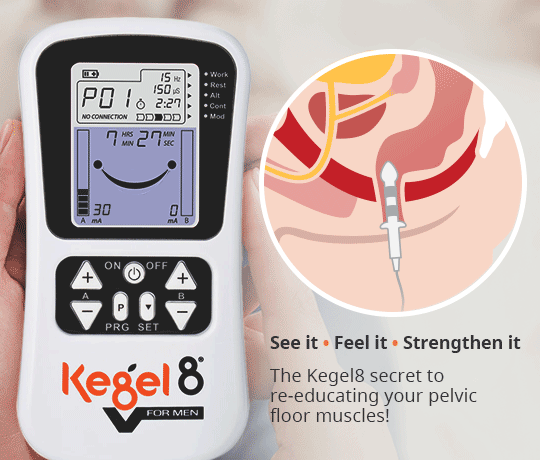
Yes, men can experience pelvic organ prolapse. Pelvic organ prolapse is a condition where one or more pelvic organs, such as the bladder, rectum, or urethra, descend or bulge into the rectal wall. This occurs due to weakness or damage to the pelvic floor muscles and connective tissues that support these organs.
In men, pelvic organ prolapse may involve the following:
- Rectal Prolapse: This occurs when the rectum protrudes through the anus.
- Urethral Prolapse: The urethra, the tube that carries urine from the bladder to outside the body, may protrude from the urethral opening.
- Bladder Prolapse: In some cases, the bladder can prolapse into the rectal area.
The causes of pelvic organ prolapse in men can vary, but they are often related to factors that weaken the pelvic floor muscles and tissues, such as chronic constipation, straining during bowel movements, heavy lifting, and chronic coughing.
Certain medical conditions, pelvic surgeries, or trauma to the pelvic region can also contribute to the development of prolapse in men.
Symptoms of pelvic organ prolapse in men may include a bulging sensation in the rectal or perineal area, discomfort or pain in the pelvic region, difficulty with bowel movements or urination, and a feeling of incomplete emptying of the rectum or bladder.
The treatment of pelvic organ prolapse in men depends on the severity of the condition, the specific organ involved (e.g., rectal prolapse, urethral prolapse), and the impact it has on the individual's quality of life. Treatment options for prolapse in men may include:
- Pelvic Floor Exercises: Strengthening the pelvic floor muscles through exercises, such as Kegel exercises, can help support the pelvic organs and alleviate mild cases of prolapse.
- Lifestyle Modifications: Avoiding activities that put excessive strain on the pelvic area, such as heavy lifting or straining during bowel movements, can be beneficial.
- Dietary Changes: Preventing constipation and maintaining regular bowel movements can be important in reducing the strain on the pelvic floor. Including fibre-rich foods and staying hydrated - see how the Go Better Squat stool can help ease constipation. Supplementing with Magnesium helps produce more regular bowel movements too.
- Medications: In some cases, medications may be prescribed to manage symptoms related to prolapse, such as medications for constipation or medications to relieve discomfort. Also be aware than many pain relieving medications may also exacerbate constipation especially opioids.
- Surgical Intervention: In more severe cases or when conservative measures are not effective, surgery may be considered. The type of surgery will depend on the specific prolapse and its severity. Surgical options include rectopexy for rectal prolapse or urethral reconstruction for urethral prolapse, among others. Physiotherapist Amanda Savage has created a 12 week Rehabilitation programme for Men using the Kegel8 V For Men to help them recover from surgery.
- Management of Underlying Conditions: If the prolapse is caused by an underlying condition, such as chronic coughing or chronic constipation, managing and treating the primary issue can help prevent further prolapse.
It is crucial for men experiencing symptoms of pelvic organ prolapse to seek medical advice, in the UK from your GP who can refer you to a specialist. If you need further help regarding the Kegel8 V For Men Pelvic Floor Exercise device for men please do Book a Call.
Clinical Evidence
Rectal Prolapse Surgery for Men is safe - but outcomes are not well understood.
https://www.ncbi.nlm.nih.gov/pmc/articles/PMC6688730/
Outcomes for men undergoing rectal prolapse surgery https://onlinelibrary.wiley.com/doi/full/10.1111/codi.16534
Conclusion Further studies are required to identify the optimal surgical approach for rectal prolapse in men





